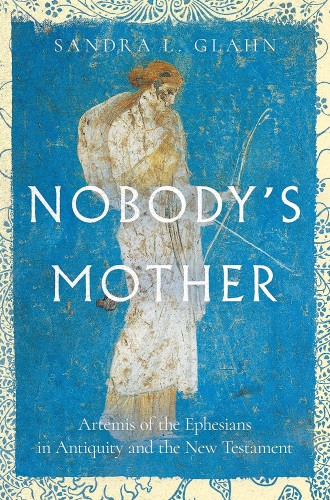An evangelical scholar reads scripture through Artemis
Sandra Glahn shows how the Greek goddess’s prestige influenced the portrayal of women in Ephesians and 1 Timothy.

Nobody’s Mother
Artemis of the Ephesians in Antiquity and the New Testament
Women without children, like me, may be disturbed by the assertion in 1 Timothy 2:15 that women will be “saved through childbearing.” Where does that leave us?
Sandra Glahn understands this concern personally. As she states in the introduction to Nobody’s Mother, she has had seven pregnancy losses, an ectopic pregnancy, and three failed adoptions. In this study, she dives deeply into the context of the first epistle to Timothy, with particular attention to the city of Ephesus and the Greek goddess Artemis, carefully dismantling the myth that Artemis was a fertility goddess.
Glahn, who teaches at Dallas Theological Seminary, writes for an evangelical audience. She refers to Paul as the author of 1 Timothy (an attribution that many scholars would dispute) and spends some time justifying her role as a teacher despite being a woman. She states that Nobody’s Mother is for “the reader who wants to avoid sacrificing a high view of Scripture while working to reconcile conflicting narratives about God’s view of women.” Still, more progressive readers will glean much fascinating information from this tight, well-
researched book.




